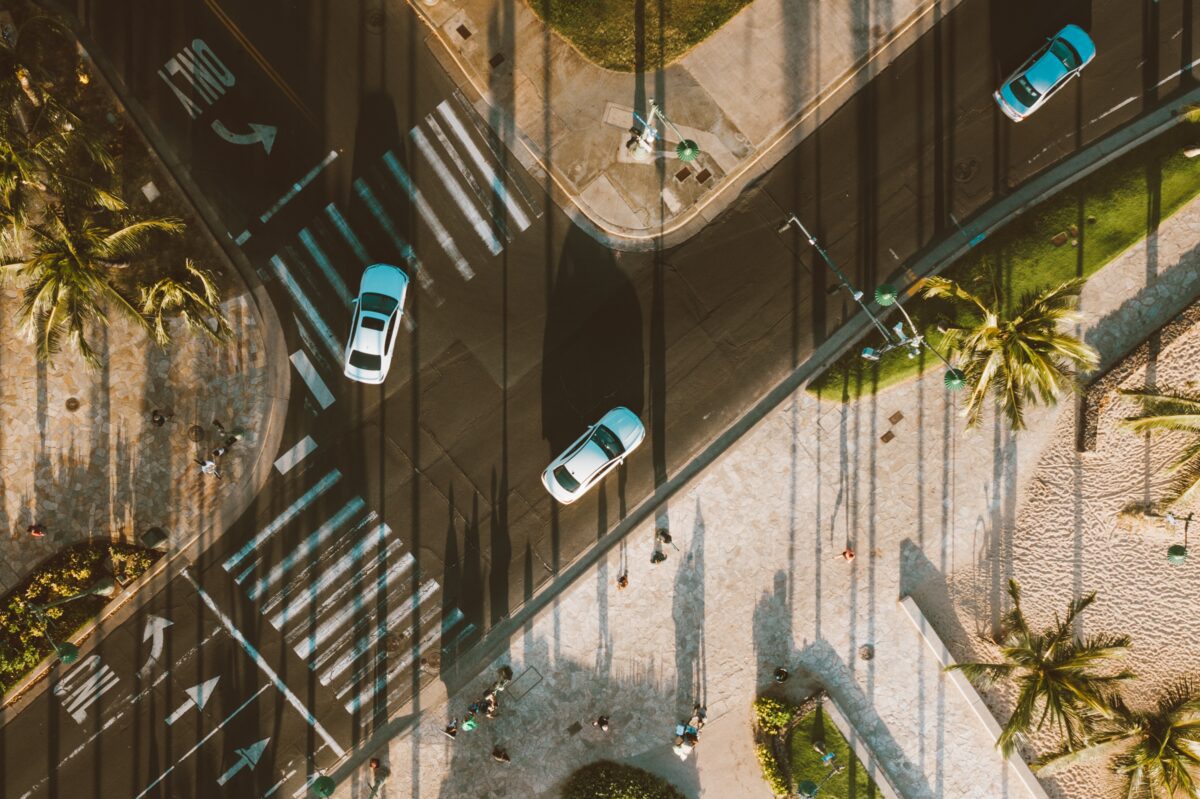Transport infrastructure in cities should be as much about good public space as it is about efficient journeys, argue Deborah Saunt and Tom Greenall
 Photography by Jess Loiterton
Photography by Jess Loiterton
Every journey matters, according to Transport for London. And it does – people love to be on the move, and the spaces they transit through are fundamental to this joy. People need to be on the move, too, to prosper and survive, and to feel connected.
The streets and public spaces of a city have a far greater role to play than simply providing the means to access one’s destination: here, exchange (of goods, services and ideas) takes place, bringing people together. Making sure that the human experience and quality of public space is considered as a core component of the journey is key, especially if the journey is multimodal.
Over time, the way cities have evolved has been recast by 20th-century modernist principles of an ‘international style’ that did not take regional specificity into consideration. Following the principle that free movement is a public good, the same variety of road types have been used indiscriminately from Brazil to Birmingham, Detroit to Dhaka, typically following a model where work and home are located in separate zones of the city, and the infrastructure for private transport dominating the space in between.
This urban uniformity leads to the loss of a sense of place in our newer cities where places designed around people, which are perceived for their more ‘organic’ quality, get squeezed out of the development equation.
Read more: This commercial kitchen and café nourishes a local community
Cities have become segregated by infrastructures, where mobility, and its social and economic advantages, come at a price. These conditions strongly affect our perceptions of a city. Why are the areas around a railway station typically poor quality? Is it just the noise and pollution? Or the effect of transport logistics demanding space on the ground for supporting activities and causing pedestrian movement and public space to be pushed out so that it does not feel comfortable to spend time there?
The root of many of the problems is the decision-making framework used in the selection of sites for transport infrastructure. Usually on the edge of the urban settlement, railways were located here to minimise impact on the existing city and because of the relatively cheap and more easily developable land. Consequently, these places became characterised by severance, local travel was made less easy, and human life was placed secondary to infrastructure, which rarely had a human scale. As a result, people chose to live or work elsewhere, values dropped, and the area fell on harder times.
Is it inevitable that the placement of transport infrastructure is coupled with negative consequences, such as pockets of inequality, pollution and unhappiness? This does not have to be the case when places are prioritised in tandem with travel. As cities have densified, and pressures for land have intensified, the design and placement of new transport infrastructure has to be more rigorously considered to ensure that it promotes activity, fosters community, creates new jobs and employment space, and – importantly – prioritises connection and permeability rather than severance.
We are at a critical point for any city-maker or nation-builder, where the nature of human movement has to be re-evaluated through several lenses: who has priority – humankind or the machine, community versus individual, economy versus health, global climate change versus personal freedom to travel and a right to roam at a local scale?
Read more: Why coastal cities should adapt their industrial harbours to contemporary public needs
Delivering good urban design that better reflects our travel needs is like holding several conversations simultaneously. It takes concentration and consideration, empathy and vision, and above all collaboration. City-makers and designers must have these skills in order to make good public space in an existing or emerging urban context.
Trial and error has shaped historic spaces, so adapting the city ‘as found’ or starting from scratch demands a compression and distillation of knowledge to design good public spaces that encourage active travel as well as making a great place in which to be.
The role of high-quality public space cannot be underestimated. It should be delivered as integral to good infrastructure. Successful public space does not exist in isolation without people travelling to it and through it. Without users it would be nothing more than a monument or a necropolis.
Similarly, without integrating a human and nature- centred approach to design, infrastructure risks continuing to function as separate from, rather than part of, the public realm. It is surely the successful combination of the two that ensures that the city is where people choose to go.
This is an edited excerpt from Placemaking and Travel, a chapter from Why Travel? Understanding our Need to Move and How it Shapes our Lives, edited by Matthew Niblett and Kris Beuret, published by Bristol University Press in July 2021
















